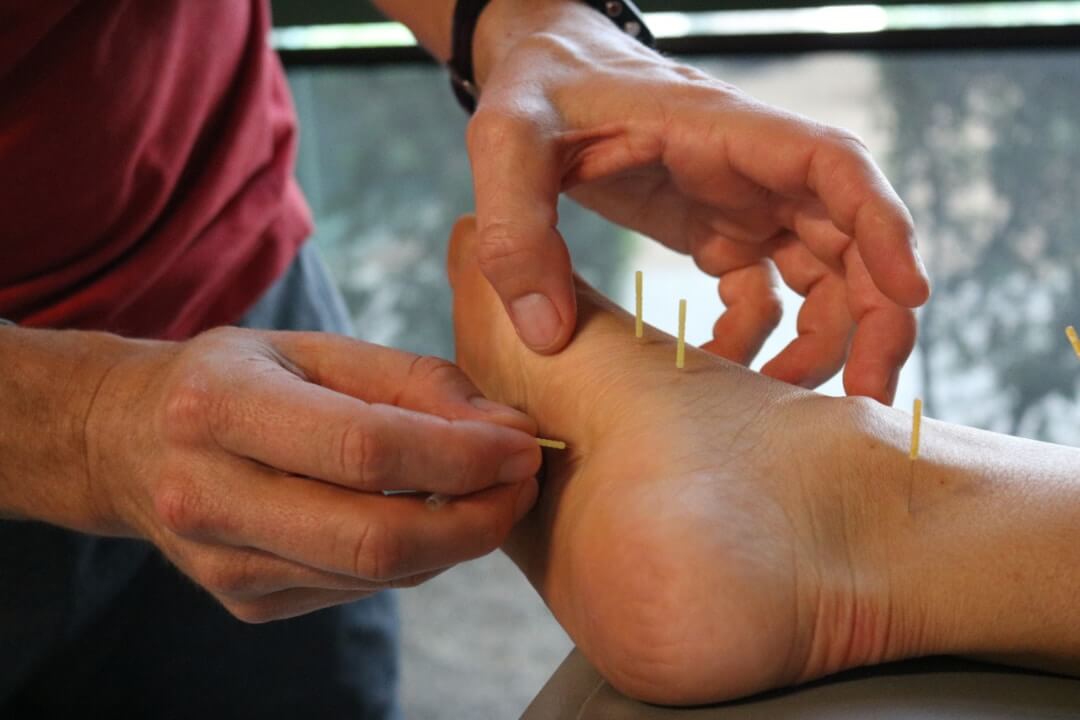When it comes to relieving muscle pain, improving mobility, and speeding up recovery, physical therapy offers a variety of effective techniques. One increasingly popular method is dry needling—a treatment that involves inserting thin, sterile needles into trigger points or tight bands within muscles. Despite its name, dry needling isn’t acupuncture; instead, it’s based on modern musculoskeletal principles aimed at reducing pain and restoring function.
What Is Dry Needling?
Dry needling is a technique used by physical therapists to target myofascial trigger points, which are hyper-irritable spots in skeletal muscle that can cause pain, stiffness, and restricted movement. By inserting needles into these points, the treatment can:
- Release tension in tight muscles
- Improve blood flow to affected areas
- Reduce pain and discomfort
- Enhance range of motion
Unlike acupuncture, which follows traditional Chinese medicine principles, dry needling is rooted in Western anatomy and neurophysiology.
How Does Dry Needling Work?
The needles stimulate a localized twitch response in the muscle, which helps reset dysfunctional muscle patterns. This reaction can lead to:
- Decreased muscle tightness – Muscles that are stuck in a chronic state of contraction can relax.
- Improved circulation – The needling process enhances blood flow, promoting healing.
- Pain modulation – The needles trigger a response in the nervous system that helps regulate pain.
Most patients experience temporary soreness after treatment, but this typically fades within 24-48 hours, leaving them with improved mobility and reduced pain levels.
Conditions That Benefit from Dry Needling
Dry needling is used to address various musculoskeletal issues, including:
- Chronic pain (such as fibromyalgia or tension headaches)
- Muscle strains and spasms
- Tendonitis
- Joint pain
- Sports injuries
For athletes, desk workers, or individuals recovering from injuries, dry needling can be a game-changer in improving movement efficiency and comfort.
What to Expect During a Dry Needling Session
If you’re considering dry needling as part of your physical therapy treatment, here’s what you can expect:
- Your physical therapist will identify target areas based on your pain and movement patterns.
- Fine needles will be inserted directly into trigger points, stimulating muscle responses.
- You may feel mild discomfort or twitching, followed by relief and relaxation.
- Post-treatment soreness may occur, but gentle stretching and hydration help speed recovery.
Is Dry Needling Right for You?
While dry needling is generally safe, it may not be suitable for everyone. Certain conditions, like bleeding disorders or needle phobias, may require alternative treatment options. A trained physical therapist can assess whether dry needling aligns with your therapy goals.
If you experience muscle pain and would like to request Dry Needling services, call Respire Physical Therapy at the Falls Church Location (703-671-1871) or the Annandale Location (571-369-6728) to schedule an appointment with one of our skilled Physical Therapists today! Click here to request an appointment online and we will contact you as soon as possible.
Tags: painfreeliving, health blog, mobility, pt education, movement is medicine, choosept, evidence based practice, arlingtonva, dry needling, Physical Therapy, alexandriava, Respire Physical Therapy, fallschurchva, ptworks, physical therapist, annandaleva


